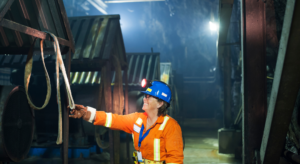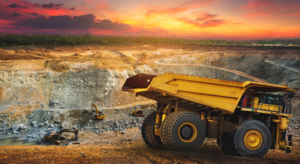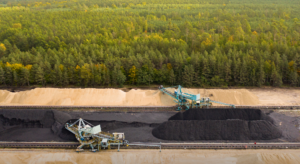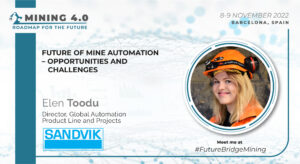The upcoming year will bring a host of new risks to the mining industry. Any company’s 2023 strategy will need to include environmental regulations, the clean energy transition, and political/economic upheaval. It is not all doom and gloom, however. Developments in AI, self-driving vehicles, and biofuels present companies with methods to cut emissions and limit costs. Demand for certain metals and materials may increase drastically in the future. So what are some of the main risks and opportunities in 2023?
Changes in commodity prices
- The prices of various commodities, including metals, minerals, and energy resources, can fluctuate significantly and can have a major impact on the mining industry. The areas to pay attention to include:
- Price volatility: Commodity prices can be highly volatile and subject to significant fluctuations. This can make it difficult for mining and metals companies to plan for the future and make informed business decisions.
- Income risks: Changes in commodity prices can significantly impact the profitability of mining and metals companies. If prices drop, companies may struggle to generate sufficient income to cover their costs. On the other hand, if prices rise, companies can increase their profits. This can however lead to increased competition from other companies looking to take advantage of the higher prices.
- Project feasibility: Changes in commodity prices can also affect the feasibility of new mining projects. If prices drop significantly, a project that was previously considered economically viable may no longer be feasible. The opposite is also true, unviable projects could become unexpectedly profitable. For example, the push for electrification parents the industry with a significant opportunity. Demand for copper, lithium, and other metals is set to rise dramatically in the coming years.
Environmental regulations in mining
- Governments around the world are increasingly implementing stricter regulations on mining activities to protect the environment and address climate change. This could pose a risk to mining companies that fail to comply with these regulations.
- Environmental impact assessments: Many countries require companies to conduct environmental impact assessments (EIAs) before they can begin mining operations. These assessments are designed to evaluate the potential environmental impacts of a project and identify measures to mitigate or prevent those impacts.
- Permitting and licensing: Mining and metals companies may be required to obtain various permits and licenses from government agencies in order to operate legally. These may include permits for activities such as drilling, blasting, and land disturbance, as well as licenses for the use of water, air, and other natural resources. Recent examples include Finland, which will levy royalties from certain mines on Finish soil.
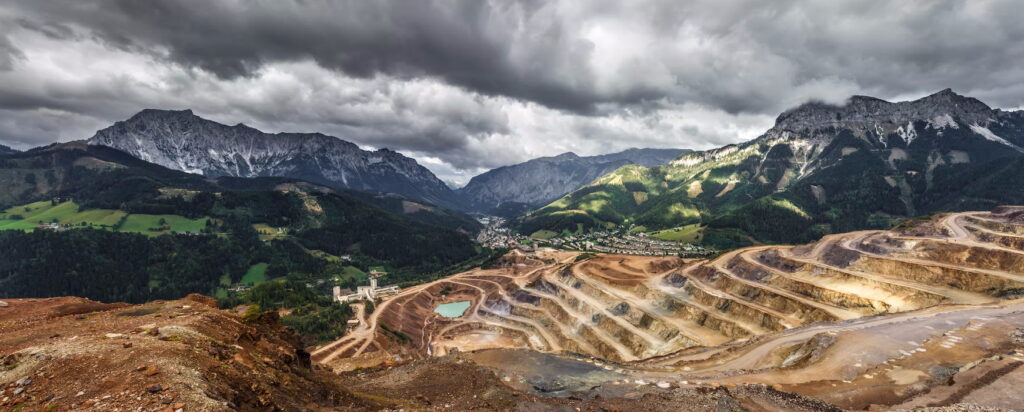
Technological advancements for mining
The industry is constantly evolving, with technologies that improve efficiency, reduce costs, and minimize environmental impacts. Companies that fail to keep up with these developments may face competitive disadvantages. That being said, there are now good examples of technology and techniques that mining companies use to limit carbon emissions. For example, land rehabilitation. Many mining companies now implement initiatives to rehabilitate the land after the completion of mining operations. This includes reforestation, soil restoration, and wildlife habitat restoration. Some mining companies are also adopting renewable energy sources. such as solar and wind power, to reduce their reliance on fossil fuels and reduce their carbon footprint. Digital technologies are another frontier where the industry can seek solutions and grow efficiently.
Political and social instability
- Political instability and social unrest can present risks to mining operations, particularly in countries where such issues are prevalent. For example:
- Physical risks: Unrest or conflict in a country where a mining company operates can pose material risks to employees and infrastructure. Companies may need to evacuate personnel or shut down operations temporarily. This in turn can disrupt production and lead to both long-term and short-term financial losses.
- Legal risks: Political instability can also lead to changes in laws and regulations, which can create legal risks for mining companies. For example, a change in government could lead to changes in the terms of licenses or permits. Alternatively, new taxes or other financial burdens could be imposed on the company.
- Investment risks: Political and social instability can also deter investors and make it more difficult for mining companies to secure funding for new projects. High-risk areas can scare off investors or have existing investors pull finance from a project.
What should mining companies keep in mind?
Companies should keep track of market trends and commodity prices in order to anticipate potential risks and opportunities. The mining industry is constantly evolving, and companies should consider investing in new technologies and innovative approaches. Future plans need to balance both efficiency and environmental impact. It is important for mining companies to have contingency plans in place in case of unforeseen events or market disruptions. These plans should outline how the company will respond to potential risks and challenges. Building and maintaining good relationships with stakeholders, such as employees, communities, and regulators, can help to minimize risks and enhance the company’s reputation. Overall, by taking proactive steps to anticipate and prepare for potential risks and opportunities, mining companies can improve their chances of success in the industry.
What should mining companies do?
A key method to prepare for the future is to understand the strategies and experiences of other industry peers. Join key decision makers at the 2nd Energy Transition for the Metals and Mining Industry conference, on January 19-20th, in Toronto, Canada. Industry leaders will gather to discuss and exchange the best practices for implementing green fuel and sustainable infrastructure. Visit future-bridge.eu or mining-events.com and follow us on our social media to keep track of other events about sustainability in the mining and metals industry.


